famous structures in the world
The Most Famous Structures in the World
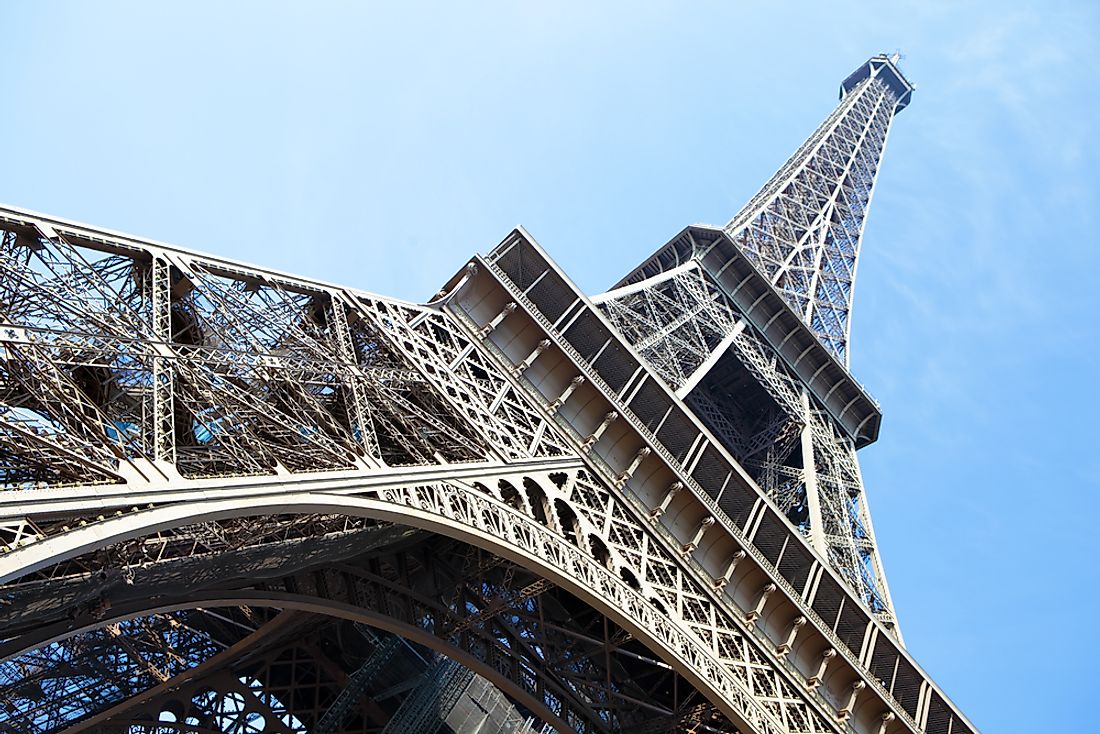
Famous buildings around the world are iconic landmarks in their own right. They give culture and character to a particular place or even a country. Different cities around the world are easily recognizable by their buildings, which could be a historic wonder or an architectural feat. Some of the world's famous buildings are a source of inspiration and attract tourists from around the world. Some of the ancient buildings tell a history of how people in a particular area lived in the past. For instance, the famous pyramids of Egypt or Mexico say a lot about the past civilizations. Here is a list of the world's most iconic buildings.
11. Eiffel Tower
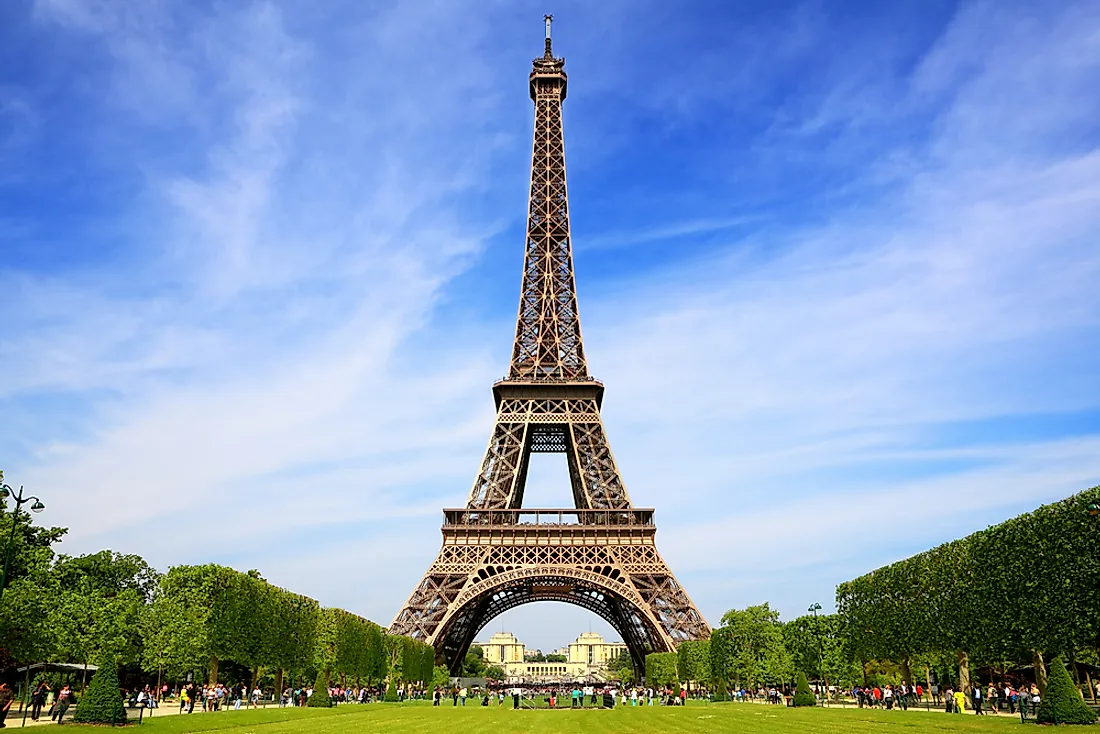
The Eiffel Tower is an iconic structure in Paris, France, named after Gustave Eiffel, who was an engineer responsible for designing and building of the tower. It is made of the wrought-iron lattice. It was constructed between 1887 and 1889 for the 1889 Universal Exposition World Fair. During its construction, it was criticized by the leading intellectuals and artists for its design. However, the structure is now a global cultural icon in the country and one of the world's most recognizable structures. Currently, it is the most visited monument in the world, and about 7 million people ascended the tower in 2015. Eiffel tower stands 1,063 feet tall above the ground, which is equivalent to an 81-story building, and it is the tallest structure in Paris. The base of the tower is Square and measure 410 feet on each side. When it was constructed it surpassed the Washington Monument and became the world's tallest human-made structure for 41 years until 1930 when the record was taken by the Chrysler Building in New York.
10. Colosseum
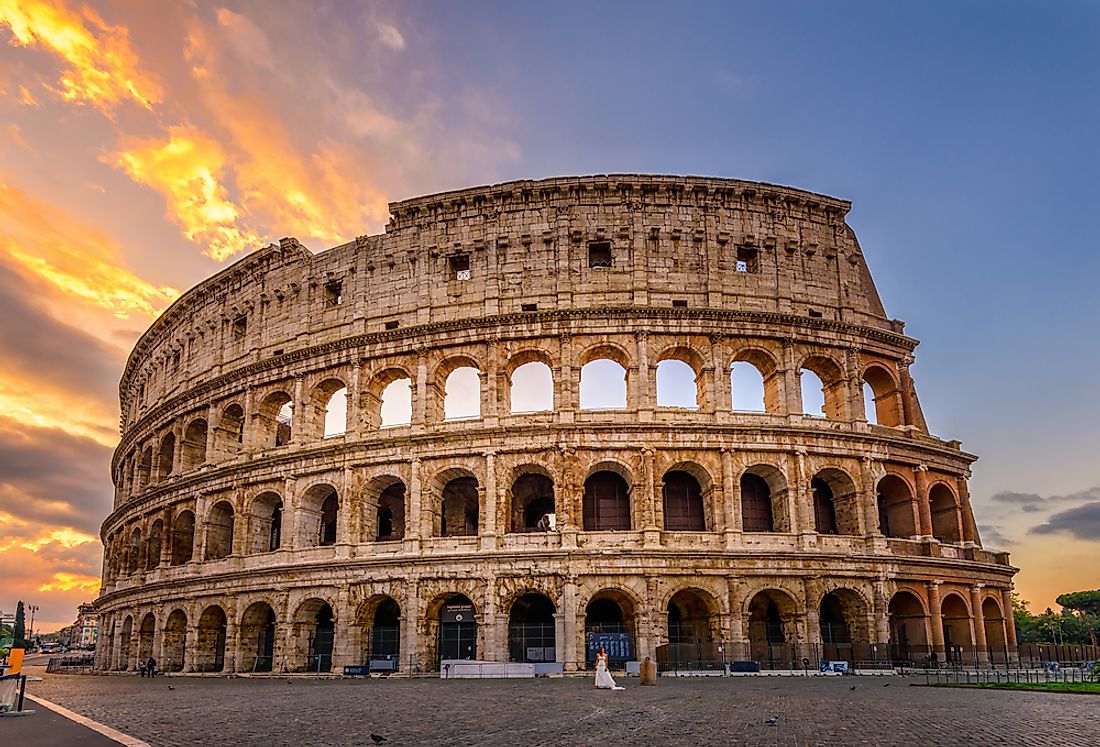
The Colosseum, also referred to as the Flavian amphitheater, is found in Italy's city of Rome. It was built using brick-faced concrete, volcanic rocks, and travertine limestone. The construction of the amphitheater began in 72 AD during the reign of Emperor Vespasian and was completed in 80 AD during the reign of Emperor Titus. At the time, it was the largest amphitheater ever constructed and had the capacity of 50,000 people. Between 81 AD and 96 AD further modification was made to the amphitheater during the reign of Emperor Domitian. The period of the three emperors is known as the Flavian Dynasty, and the name of the theatre was named Flavius, which is a Latin name of the family. The amphitheater was used for public spectacles such as gladiatorial contests or mock sea battles. It was also used for executions, animal hunts, drama, and reenactments of famous battles. The amphitheater has been significantly ruined by earthquakes, stone robbers, and thieves. However, the structure is still imperial Rome's iconic symbol. It is one of the Seven Wonders of the Ancient World and one of the major tourist attractions in Rome.
9. Big Ben
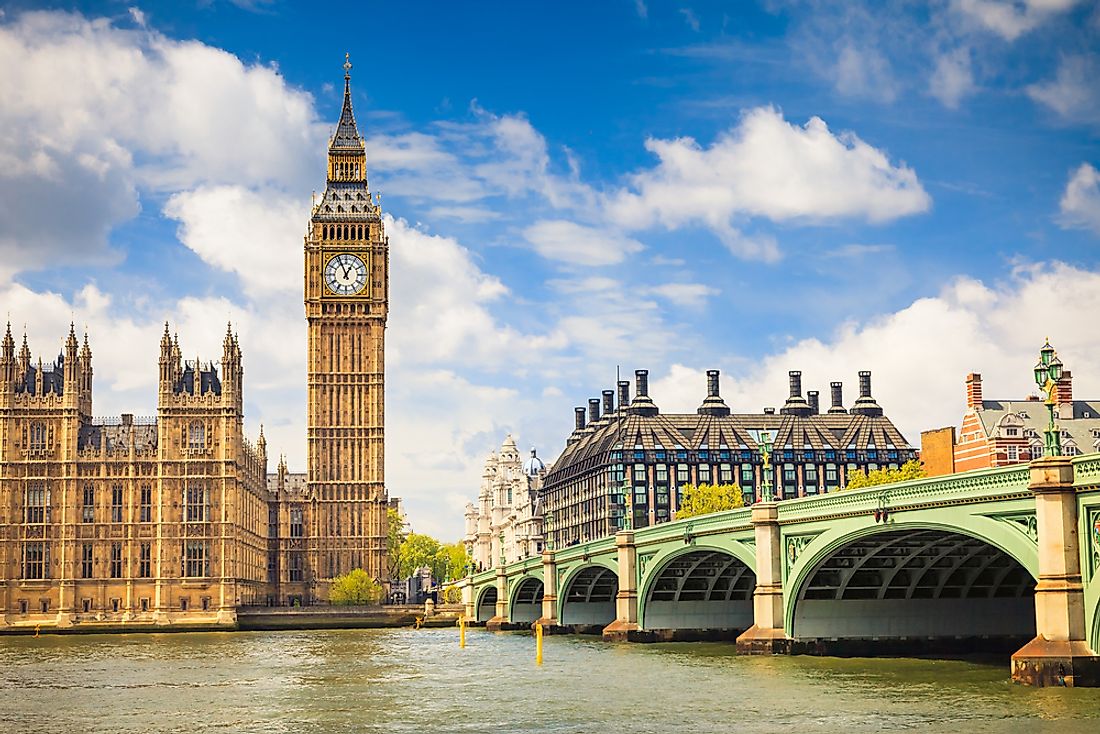
Big Ben is the name given to the clock's Great Bell in the palace of Westminster. The name is used interchangeably to refer to the clock tower or the clock itself. The Clock Tower was the original name of the tower where Big Ben is located. In 2012, the name was changed to Elizabeth Tower during the Diamond Jubilee of Elizabeth II. The tower was constructed in neo-gothic style, and its designer was Augustus Pugin. Its construction was completed in 1859, and it was the most accurate and the largest four-faced clock in the world. The tower stands at 315 feet above the ground and its base measures 39 feet on each side. The diameter of the clock's dials is 23 feet. The tower's 150th-anniversary celebrations were held on May 31, 2009. Of the Five Bells, Big Ben is the largest and weighs 13.7 tons and it held the record of the largest bell in the UK for 23 years. The tower has become a British cultural icon, and is easily recognizable around the world. It has also become one of the UK's symbols as well as the symbol of the parliamentary democracy.
8. Taj Mahal
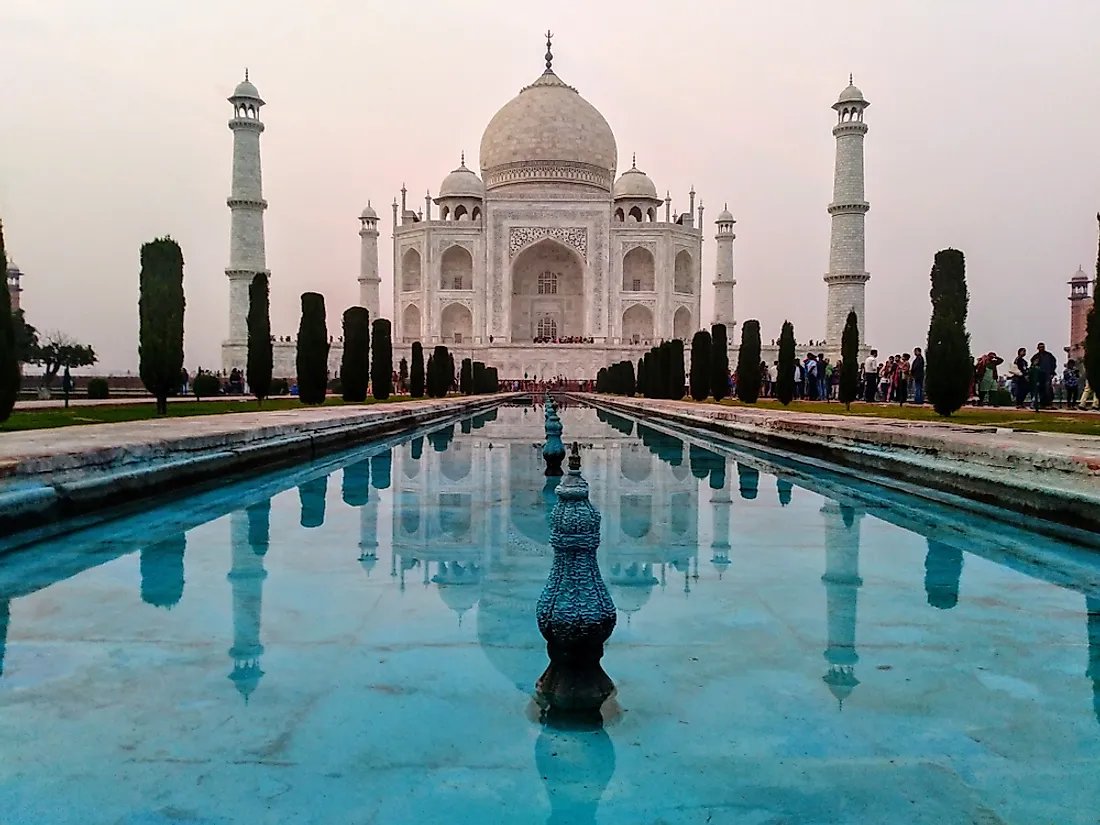
The Taj Mahal is located in the Southern bank of Yamuna River near the city of Accra in India. It is a mausoleum building constructed using white marble that was commissioned in 1632 by emperor Shah Jahan of the Mughal Empire. The building houses the tomb of The Emperor's wife Mumtaz Mahal and also houses the tomb of the emperor Shah Jahan. The complex covers an area of 17 hectares and includes a guest house and a mosque with extensive gardens surrounding the building on three sides of the crenelated wall. The construction of Taj Mahal took about ten years at the cost of about $827 million in current values. In 1983, Taj Mahal was listed as a World Heritage Site by UNESCO. It is considered among the world's universally admired masterpieces and a jewel of India's Muslim art. The Taj Mahal attracts about 7 to 8 million tourists each year.
7. Great Pyramid
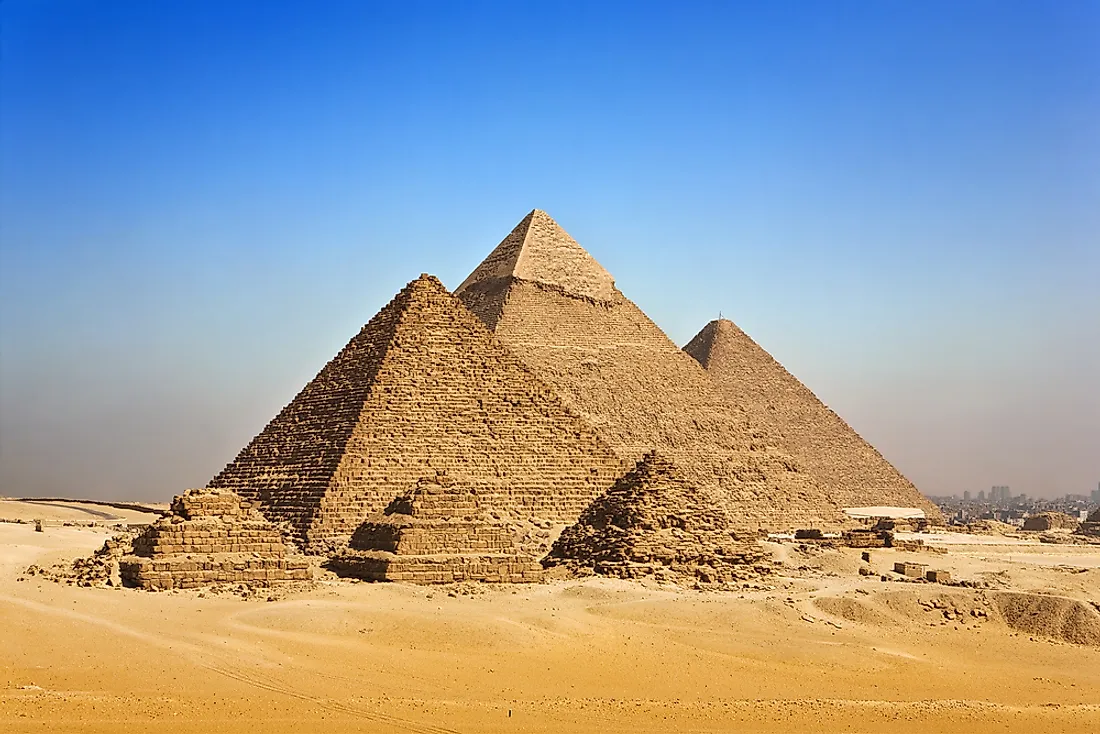
The Great Pyramid of Giza is also known as the Pyramid of Cheops or the Pyramid of Khufu. It is the largest and the oldest of the Giza pyramid complex, which is comprised of three different pyramids. The Pyramid of Giza is the oldest among the Ancient World's Seven Wonders and has remained largely intact to this day. According to Egyptologists, the pyramid was built within a period of 10 to 20 years in about 2560 BC. It was standing at the height of 481 feet high holding the record as the tallest human-made structure in the world for more than 3,800 years until 1311 AD when Lincoln Cathedral was constructed in England.
6. Sydney Opera House
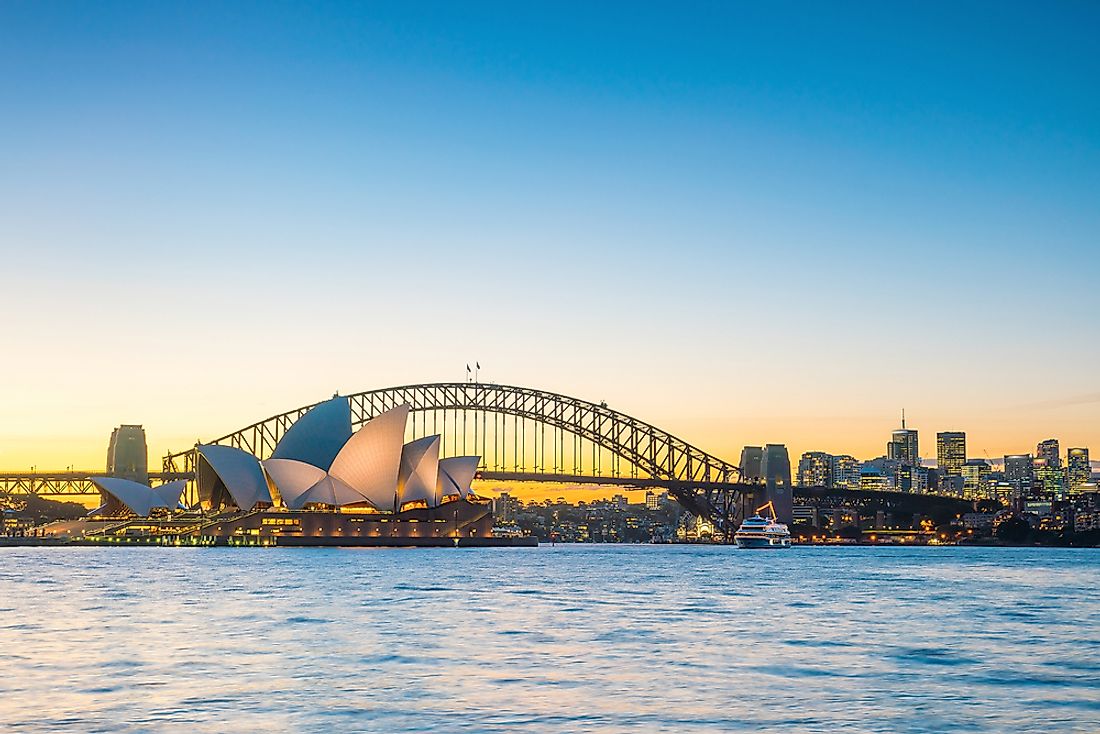
Sydney Opera House is a performing arts center located in Sydney Harbor in New South Wales, Australia. It is one of the most distinctive building structures built in modern times. The designer of the building was John Utzon, a Danish architect. The building was officially opened on October 20th, 1973 after Utzon was selected as the winner of the International design competition in 1957. The New South Wales' government authorized the construction in 1958. Opera house comprises different performance venues and every year it holds more than 150 performances, with an attendance of more than 1.2 million people. There are three resident companies of performing artists, and they include the Sydney Symphony Orchestra, Sydney Theatre Company, and Opera Australia. Opera house is one of the most popular tourist attractions in the country and attracts about 8 million people every year. The facility is under the management of the Sydney Opera House Trust. In 2007, it was designated a world heritage site by UNESCO.
5. Forbidden City
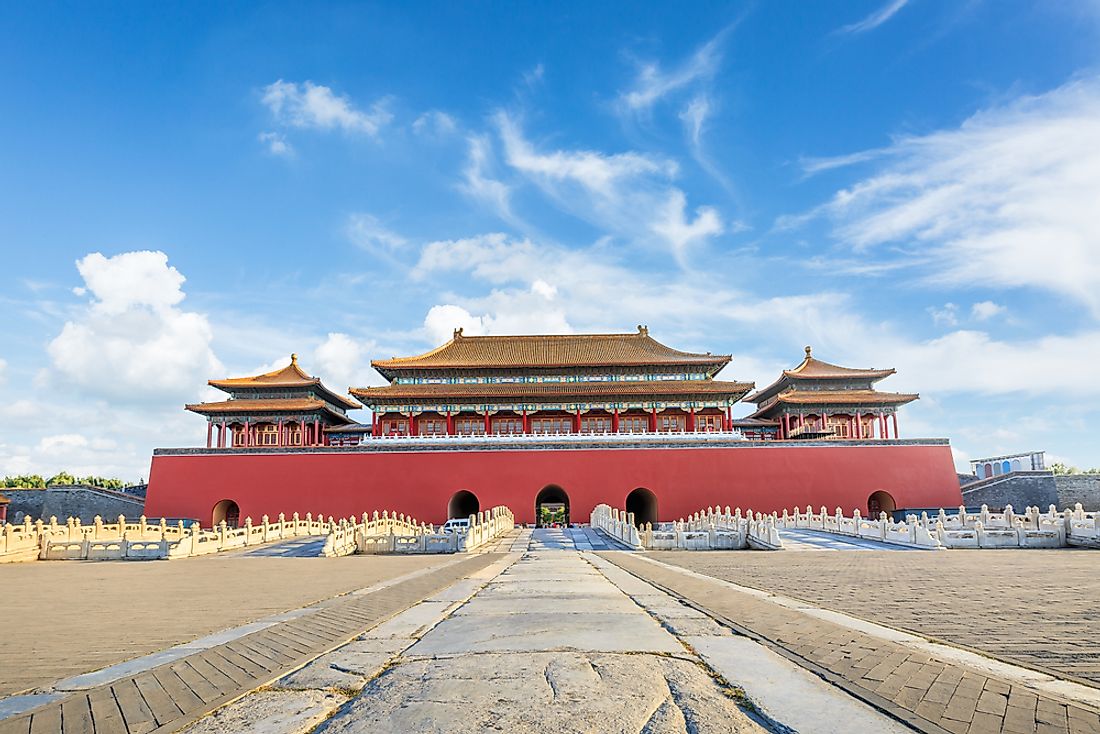
The Forbidden City was a Chinese imperial palace found in central Beijing. It currently houses the palace museum. It served as an imperial palace for almost 500 years from the Ming dynasty to the end of the Qing dynasty, between 1420 and 1912. It served as a political and ceremonial center of the Chinese government for several centuries, and it was the home of the Emperors and their families. Construction was carried out between 1406 and 1420, and it is a complex having 980 buildings covering an area of 72 hectares. It was listed as a World Heritage Site in 1987 by UNESCO.
4. White House
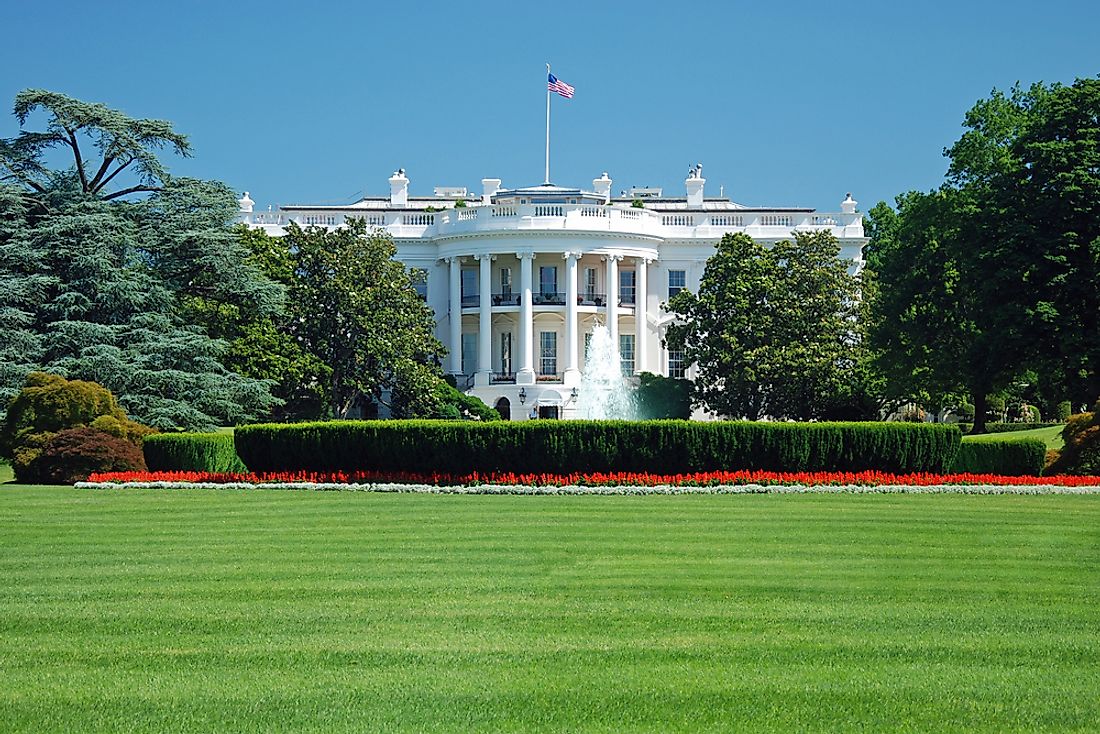
The White House serves as the official residence of the President of the US, and it is located in Pennsylvania Avenue in the capital of Washington, DC. The white house has served as the residents and the working place of all the presidents of the US, starting from John Adams in 1800. The building was designed by James Hoban and architect of Irish descent, who designed it in neoclassical style. It was constructed between 1792 and 1800. The British army set the building ablaze in the War of 1812, and destroyed most of the interior parts and charring the exterior. The first oval office was constructed by President William Howard in 1909.
3. Saint Basil's Cathedral
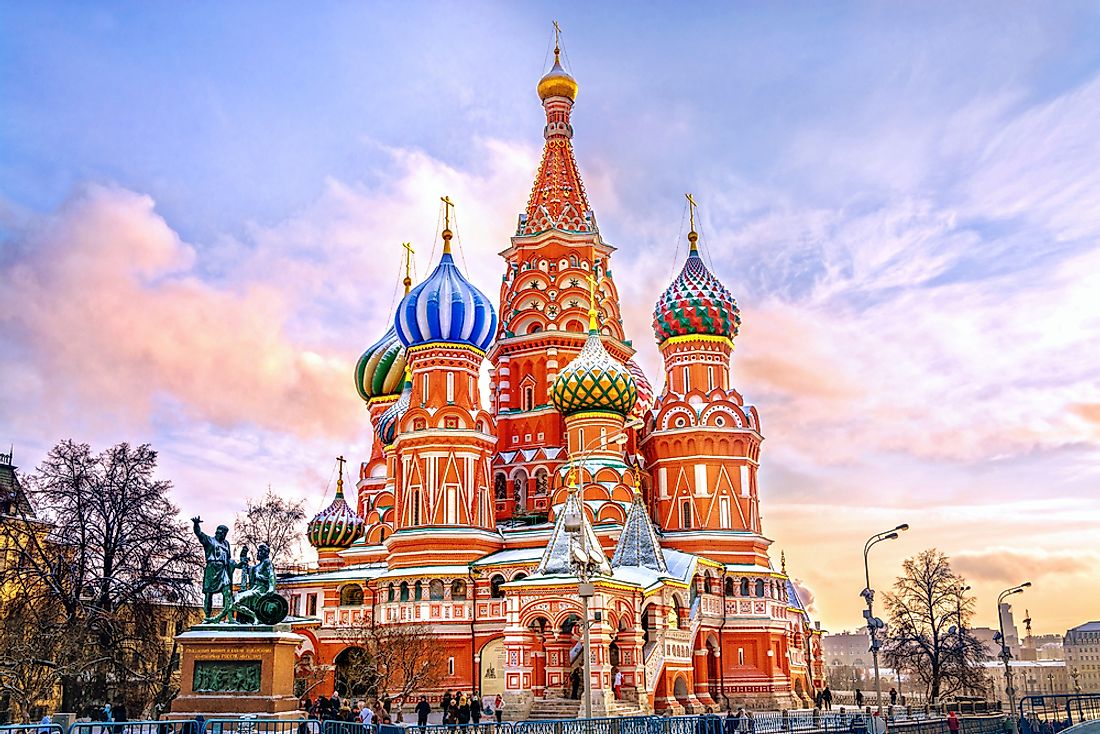
Saint Basil's Cathedral is located in Red Square in Moscow, Russia, and it is one of the iconic structures in the country. It was constructed between 1555 and 1561 when Ivan the Terrible ordered its construction to commemorate the capture of Astrakhan and Kazan. It was the tallest building in the city until 1600 when Ivan the Great Bell Tower was constructed. Between the 16th and 17th centuries, it was regarded by the Byzantine Christianity as a symbol of the Heavenly City, and it was given the name Jerusalem. The building was constructed in the shape of rising flame a design that is unique among Russian architecture.
2. Machu Picchu
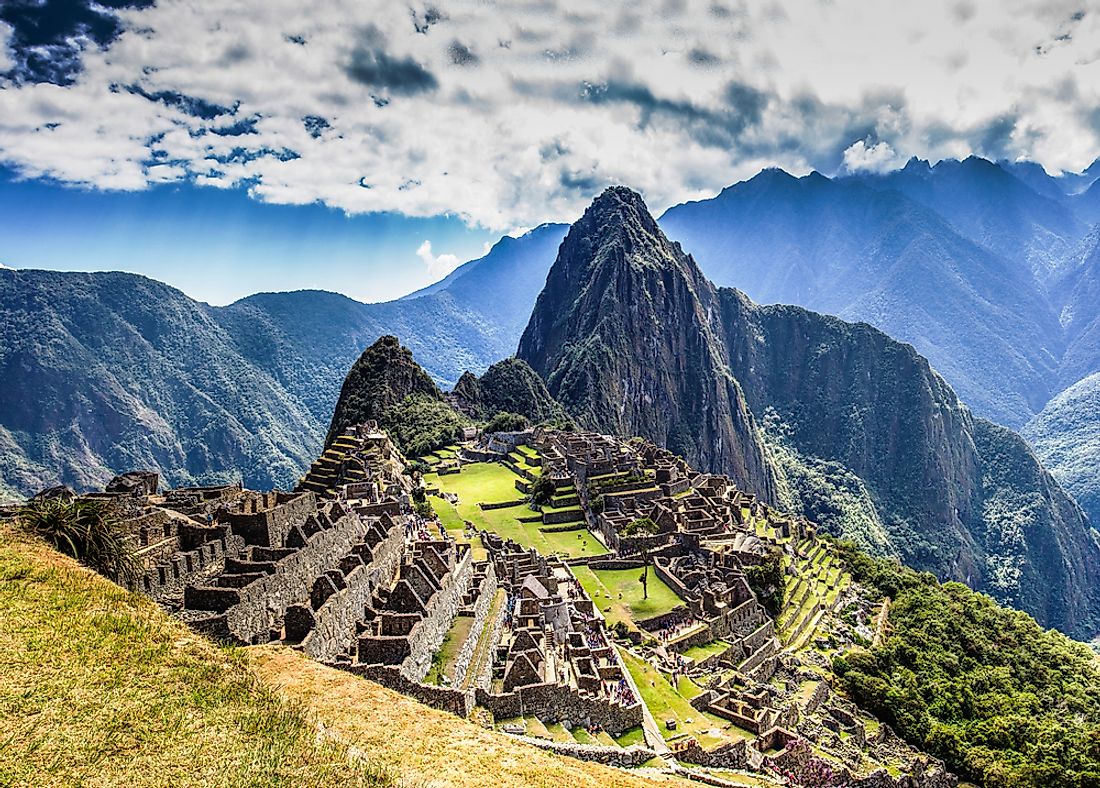
Machu Picchu is an Inca citadel in the southern part of Peru constructed in the 15th century on a mountain ridge at 7,970 feet above sea level. It is located in the Eastern part of cordillera in Machu Picchu District, Urubamba province, in the Cusco region. It lies about 50 miles from Cuzco where Urubamba river flows. According to archeologists, the complex could have been built for Pachacuti the emperor of Inca. It is a famous icon of the Inca civilization. After its construction in around 1450, it was later abandoned after century following the Spanish conquest of the region. In 1983, it was declared as a World Heritage Site by UNESCO, and in 1981, it was named as a historic sanctuary in Peru.
1. Petra
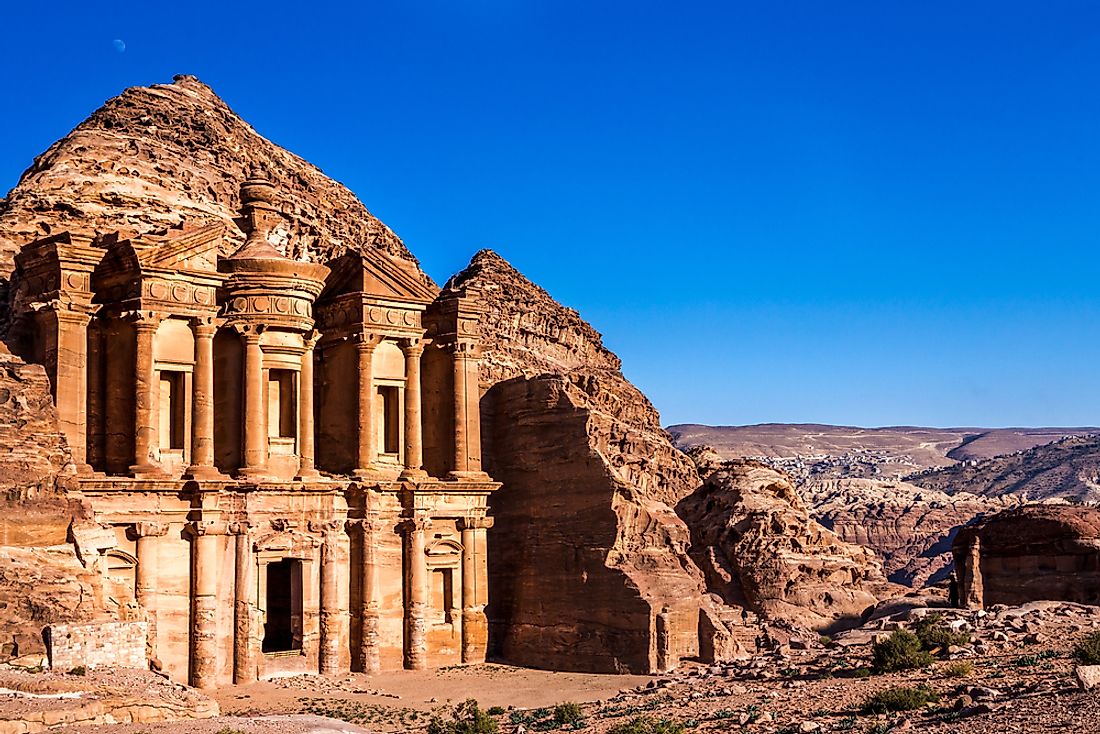
Petra is an archaeological and a historical city in the Southern part of Jordan which was known by the locals as Raqmu. It is believed that Petra was established as a Nabataean Kingdom capital in the 6th century BC. The settlement could have begun in about 9000 BC in the region. The Nabateans were nomads and Arabs who built Petra because of its proximity to important trade routes in the area. In the 1st century AD, the popular Khazan structure was constructed which is believed to have been the mausoleum of the King of Nabatea, Aretas IV. During the Byzantine period, several churches of Christian faith were built. The significance of the city declined over the years and finally abandoned in the early Muslim era. It was listed by UNESCO as a World Heritage Site in 1985.
- Home
- World Facts
- The Most Famous Structures in the World
famous structures in the world
Source: https://www.worldatlas.com/articles/the-most-famous-structures-in-the-world.html
Posted by: smithglight.blogspot.com

0 Response to "famous structures in the world"
Post a Comment